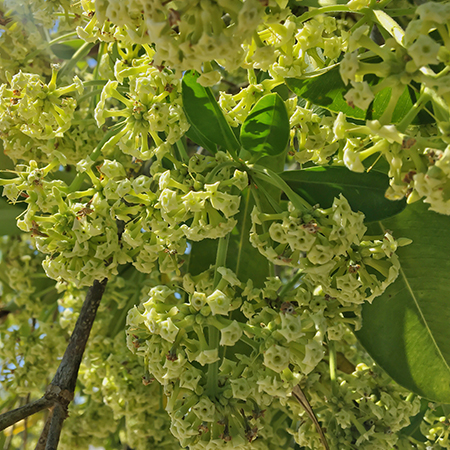-
About Us
button

Dabur India Limited is a leading Indian consumer goods company with interests in Hair Care, Oral Care, Health Care, Skin Care, Home Care and Food & Beverages.
-
Our Brands
button

Dabur presents a range of Herbal & Ayurvedic Personal Care products, created to make you look and feel good. Bringing together the gentle touch of nature and Ayurveda's wisdom .
-
Investors
button

Read our recent and archived releases, quarterly results, annual reports and financial statements. Initiatives Investor Centre.
-
Newsroom
button

Welcome to Dabur Media Centre. In this section, you’ll find our latest Press Releases arranged in a chronological order. The Press Releases have been further
-
Ayurveda & you
button

Our curated Collection of Ayurvedic knowledge for you. We at Dabur are working towards helping people lead a healthy and balanced life.
-
Sustainability
button

Dabur has been engaged in community development activities since 1994 and is committed to making a positive contribution to the communities where we source, live, work and sell our products.
-
Join Us
button

At Dabur, we are very passionate about winning and this has been engrained in DNA of the organization.
-
Support
button
- Home > Ayurveda & you > Ayurveda & Science > Ayurvedic & Medicinal Plants
Ayurveda and Science
Amaltas/अमलतास/Cassia Fistula/Indian Laburnum/Aragbadha
AYURVEDIC & MEDICINAL PLANTS
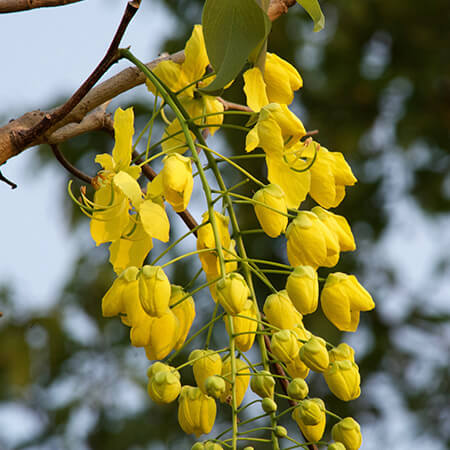
Cassia Fistula Medicinal Uses
Bark of the Aragvadha is extensively used by Ayurveda in India in the treatment of inflammatory swellings and as a cleaning agent for ulcers and wounds. It is believed to decrease purulent discharge and act as a local antiseptic. The fruits are also used as a laxative. Aragvadha is considered to maintain the balance of water content in the bowel mass to ensure smooth defecation.
Chemical Composition
Pods contain glucoside rhein and an anthraquinone, fistulic acid. Leaves contain glucosides which have been identified as senoside A & B. The stem bark contained tannins, lupeol, b-sitosterol and hexacosanol.
Balances vata and pitta.
Read more about various ailments, it's causes, symptoms, ayurvedic treatments, etc.
Know the story behind other medicinal Ayurvedic ingredients
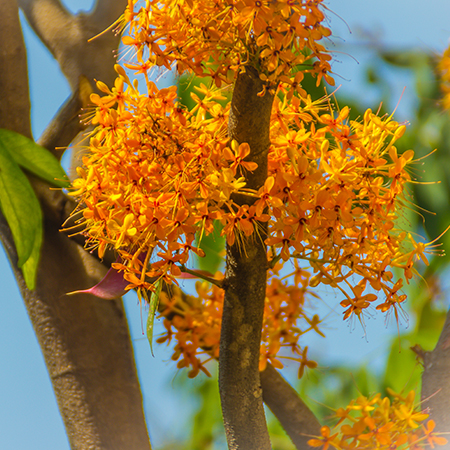
Ashoka Plant
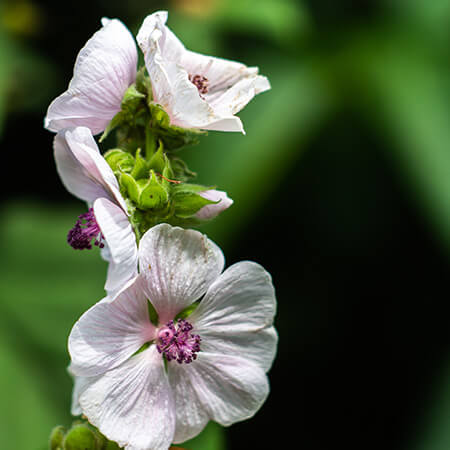
Bharangi Plant
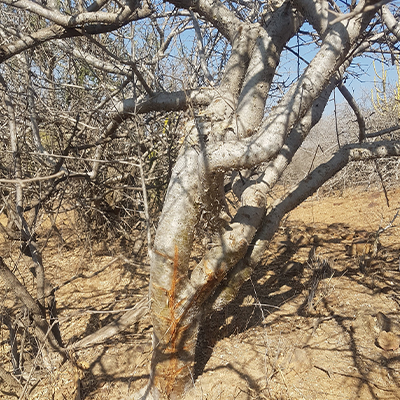
Guggulu Plant
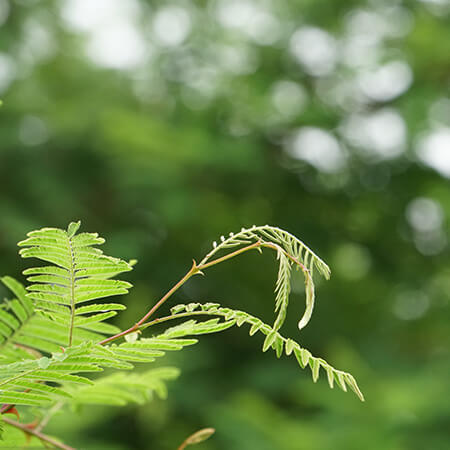
Kadirkasth Plant
